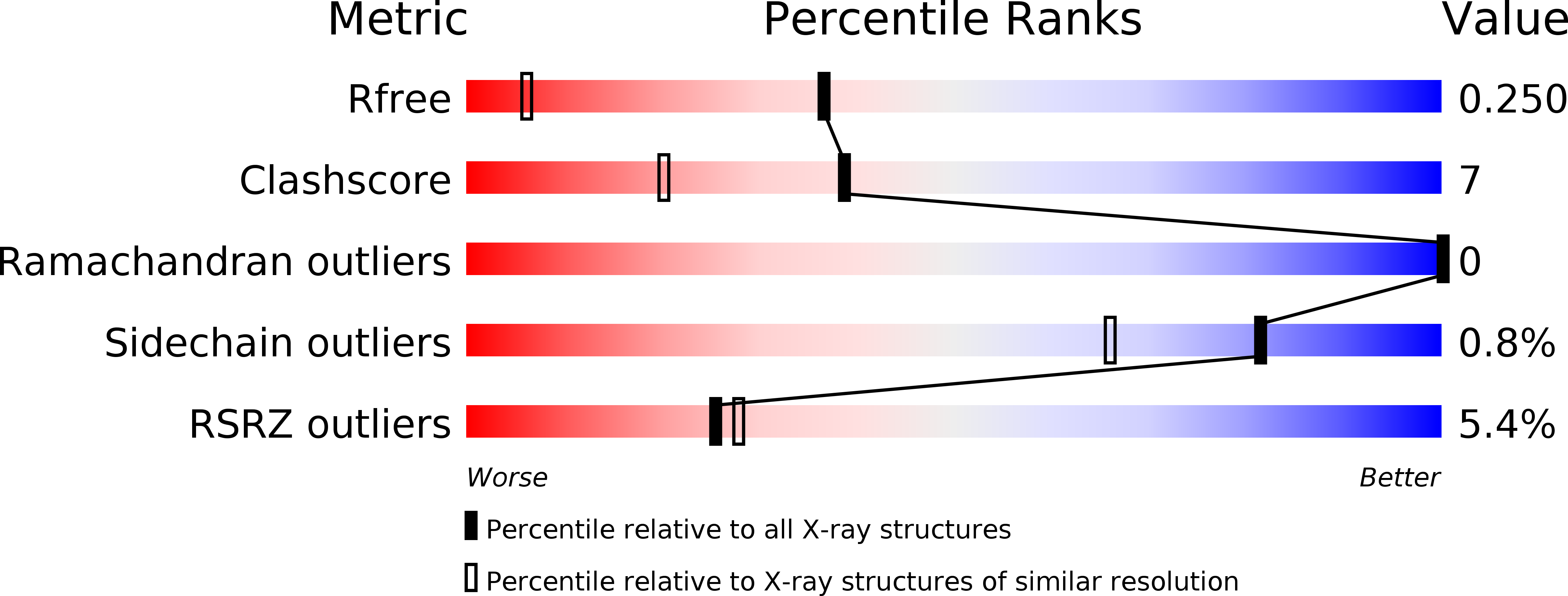
Deposition Date
2007-05-31
Release Date
2007-06-26
Last Version Date
2025-03-26
Method Details:
Experimental Method:
Resolution:
1.50 Å
R-Value Free:
0.25
R-Value Work:
0.23
R-Value Observed:
0.23
Space Group:
P 31 2 1


